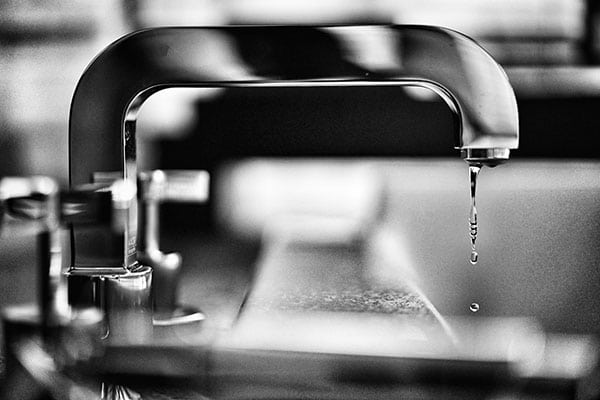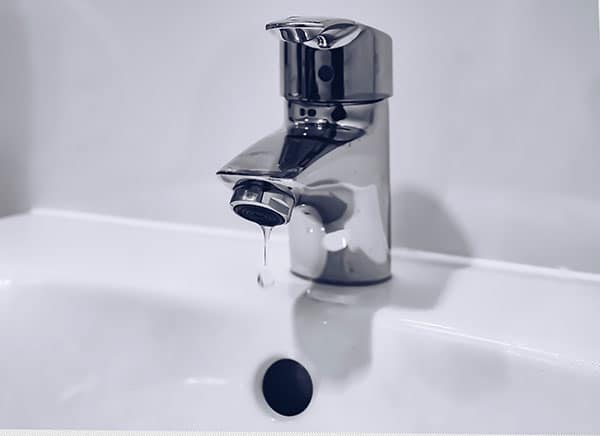All homeowners will experience common plumbing issues from time to time, like a leaking tap or a clogged drain. However, as long as you have the right plumbing tools on hand to solve them, they shouldn’t be a problem and save you both a plumbing bill and lower your water consumption.
We’ve listed the 5 essential plumbing tools that every home owner should keep handy for such an occasion. However, it is important to remember that not all plumbing issues can be easily fixed by most homeowners, so it is important to know when to call an emergency plumber to make sure the job is done right.
Note: Unless you’re a qualified plumber, leave anything other than basic leaks or blockages to the experts.

5 Essential Plumbing Tools for Your Toolkit
1. Wrench
It may surprise you to learn how many types of wrenches are available. We’ve listed a few of the most essential wrenches to add to your toolkit, which start at around $20 each, depending on the brand and supply shop.
Basin Wrench
A basin wrench is perfect for working on the kitchen or bathroom sink. Its longer shaft and swivelling jaw make it perfect to get into tight spaces, like around the sink faucets or nuts.
Pipe Wrench
This is a larger and heavier wrench that can loosen or tighten most pipes, nuts and fittings. Its serrated jaw allows it to easily grip around a loose pipe, making it great to have for any leaking pipes in your home.
Adjustable Wrench
Make sure your kit has an adjustable wrench—the perfect tool to use on most size nuts and bolts. It has one fixed jaw, and another small adjustable jaw so it can be used in multiple places.

2. Plungers
Okay, maybe you knew about the wrenches but did you know how many types of plungers there are and there many functions? Once you think about the different shaped pipes and drains, it’ll make more sense. Here are plungers you should keep on hand.
Cup Plunger
When you think of plungers, you’re probably picturing the cup plunger. With its long wooden handle and rubber cup, it’s a great plumbing tool to have around the house. This plunger works best on flat surfaces, with the cup sealed over the drain to create a vacuum, so it’s not the best tool to be used on curvier toilet bowls. Instead, keep this one around to use on a clogged kitchen or bathroom sink.
Flange Plunger
The flange plunger is more flexible and is perfect for different types of clogged drains around the house. While it looks similar to the cup plunger, it has soft rubber flaps (called the flange), which fold out from inside the rubber cup. This type of plunger is far more suited to using on a blocked toilet, as the flange can more easily fit in the bowl to create suction.
Despite its versatile use, it is not recommended to use the same flange plunger on both the toilet and other surfaces due to hygiene.
Accordion Plunger
Less common than the cup or flange plungers, the accordion plunger is made of hard plastic and is best suited for the toilet. It creates a powerful vacuum and is excellent at unclogging drains but be warned, it can be difficult to use and position correctly.
Whichever plunger you use, always remember these tips:
- Hold the plunger completely vertical for best results.
- Keep the plunger clean and dry after use to prolong its life and avoid mould build-up.
- Never use a plunger in a toilet or sink after using harsh chemicals, as the plunging motion can cause splash back.

3. Plumber’s Putty
Plumber’s putty is used to create a waterproof seal around plumbing fittings, such as drains and joints. It should be heated up by rubbing between the hands before being rolled into a snake and applied. Any excess should be wiped off and wipes clean with a damp cloth before it dries.
You can substitute this for silicone products or epoxy sealants if needed.
4. Pliers
While you may think these are the same as wrenches, pliers are a staple in most tool kits for their ability to not only help loosen and tighten fixtures, but also to grip onto different shapes objects and some can even cut wire.

5. Auger
Commonly referred to as a plumber’s snake or plumber’s jack, an auger is a fancy term for a tool with a long, flexible metal wire that can easily fit into pipes and other small spaces. This is the go-to tool for when a plunger is not enough to unclog a toilet or sink.
A crank at the top of the tool is used to spin the wire, allowing it to grab hold of anything clogging a pipe. Keep in mind, the metal wire can scratch the inside of your pipes and toilet bowl.
Feature photo by Joanes Andueza on Unsplash
Ready to start building your plumbing tool kit?
Find a local plumbing supplies company for everything you need!





